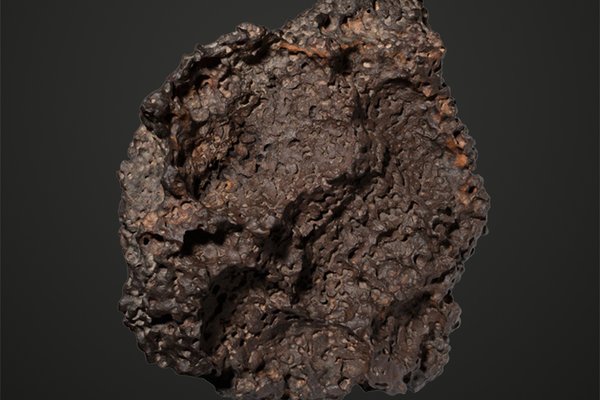The Centenary of the 'Adelie Land' Meteorite
This one kilogram, stony ‘Adelie Land’ meteorite was found on the 1911–14 Australasian Antarctic Expedition of famous Geologist Sir Douglas Mawson. It was discovered lying on the snow in a shallow depression, about thirty-two kilometres west of Cape Denison, Commonwealth Bay in Adelie Land and subsequently named after the region.
It was discovered by Francis Bickerton, who was leading an exploration and mapping party across the coastal highlands west of Cape Denison. Although its dark colour contrasted with the white background, it was remarkable that such a small object was recognised in a vast wilderness of ice and snow.

© Australian Museum
Although tens of thousands of meteorites have since been found on the Antarctic continent, mainly by American, Japanese and European teams, ‘Adelie Land’ was the first. The discovery of this meteorite by pioneer Australian explorers working at the limits of human endurance made scientific history.
It was the ‘Heroic Age’ of Antarctic exploration.
All meteorites are important because they are early survivors from the birth of our Solar System and carry vital information on its history, structure and composition. Most come from the Asteroid Belt, between the orbits of Mars and Jupiter, about 400 million kilometres from the Sun.
The meteorite was sliced for scientific study so it is now possible to see its brown and cream mottled interior of iron and magnesium silicate minerals (olivine and hypersthene), all speckled with bright flecks of nickel-iron metal. Its rounded outer surface was completely covered with a dark brown fusion crust.
It belongs to a class of meteorites called Chondrites, which represent the outer compacted granular layer of an asteroid. Sir Douglas Mawson and the Australasian Antarctic Expedition donated this historic meteorite to the Australian Museum in 1924.









